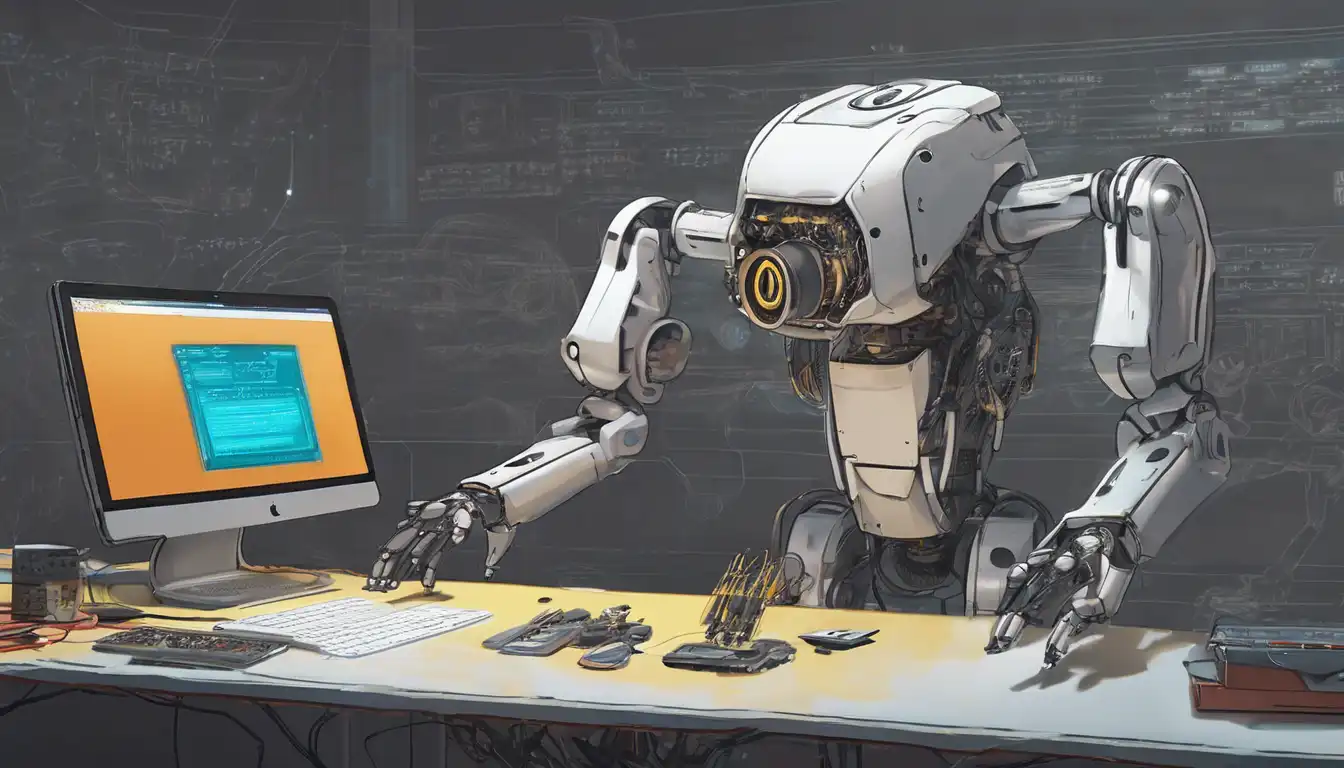Introduction to Robotics Programming
Robotics programming is an exciting field that combines the creativity of software development with the tangible results of mechanical engineering. Whether you're a hobbyist looking to build your first robot or a professional aiming to automate tasks, understanding the basics of robotics programming is essential. This guide will walk you through the foundational steps to get started in robotics programming.
Understanding the Basics
Before diving into robotics programming, it's important to grasp the core concepts. Robotics involves the design, construction, operation, and use of robots. Programming these robots allows them to perform tasks autonomously or semi-autonomously. Key areas to focus on include understanding sensors, actuators, and the software that brings them to life.
Choosing the Right Tools
Selecting the appropriate tools and programming languages is crucial for beginners. Popular choices include Python for its simplicity and C++ for its performance. Additionally, platforms like Arduino and Raspberry Pi offer great starting points for beginners due to their extensive communities and resources.
- Python: Ideal for beginners due to its readable syntax.
- C++: Offers more control and is widely used in robotics.
- Arduino: A great platform for beginners to start with hardware.
- Raspberry Pi: Allows for more complex projects with its computing power.
Starting Your First Project
Beginning with a simple project is the best way to learn robotics programming. Consider starting with a line-following robot or a basic robotic arm. These projects introduce fundamental concepts such as sensor input, motor control, and basic programming logic.
Learning Resources
There are numerous resources available for aspiring robotics programmers. Online tutorials, forums, and courses can provide valuable knowledge and support. Websites like Arduino and Raspberry Pi offer project ideas and documentation to help you get started.
Joining the Community
Engaging with the robotics community can accelerate your learning. Participating in forums, attending workshops, and joining local maker spaces can provide insights and inspiration for your projects. Collaboration and sharing knowledge are key components of growth in robotics programming.
Conclusion
Robotics programming is a rewarding field that offers endless possibilities for innovation and creativity. By starting with the basics, choosing the right tools, and engaging with the community, you can embark on a successful journey in robotics programming. Remember, the key to mastery is practice and persistence.
